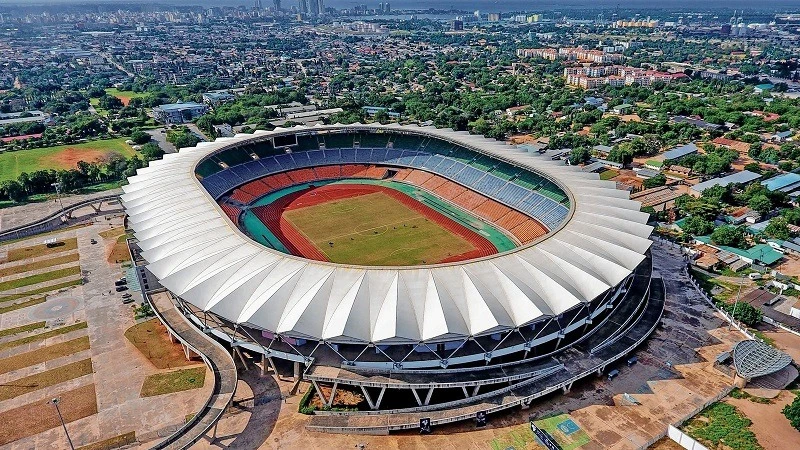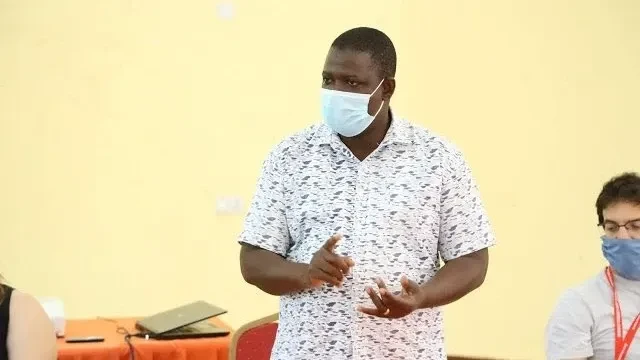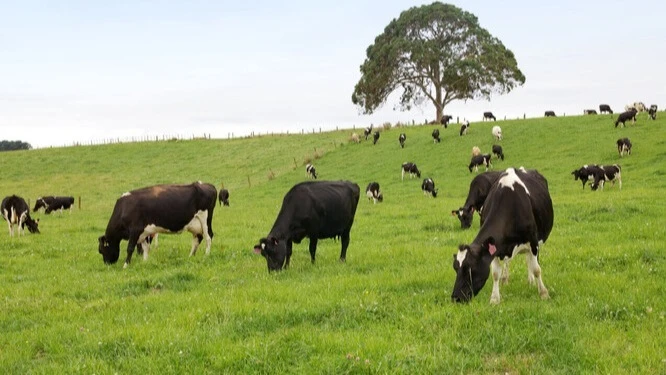With ‘largely below normal’ rains likely, challenges will be different

THE Tanzania Meteorological Authority (TMA) has just unveiled its predictions on the outlook for end-of-the-year rains and the long rains expected between this month and April 2025.
One predictable piece of advice is that farmers need to plant early and adopt best practices for managing soil moisture if they are to make the best out of the climate outlook.
The key prediction is below-normal rainfall in a big number of regions and normal in other areas.
For the record, a recent TMA briefing showed that largely below-normal rains are expected in Kigoma, Tabora, Katavi, Rukwa, Songwe, Singida and Dodoma regions, northern and eastern parts of Lindi, and northern areas of Mbeya and Iringa regions.
This is to say that agro-extension officers – rather than farmers, really – need to focus on irrigation and water conservation.
There was equally an appeal for strengthening agricultural infrastructure and implementing timely pest control strategies.
Whatever one makes out of this projection, as it relates to a particular district and its rainfall outlook and indeed different parts of that district in relation to how rainfall areas are grouped, it needs a careful and intense presentation for localised understanding.
It is one thing to say that many regions will have below-normal rainfall and much fewer normal or above normal rainfall. What would have to be raised at a community extension session on the rainfall outlook is how rainfall is changing this year.
A farmer, and even an extension officer, does not become more informed merely by understanding that there will be less rain this year than last year but rather how far a particular district risks flooding, drought or late rains.
If possible, the prediction needs to be detailed enough right to the ward level so that extension officers can foretell how quickly and seriously this or that safeguard needs to be taken.
Risk of floods is one thing while risk of drought is quite another, in which case giving a general prediction on the outlook for rains when addressing farmers directly might serve little purpose.
What goes for below-normal rains equally applies to regions or areas predicted to have basically normal and even above-normal rains, predicted for Njombe, Ruvuma, Mtwara, southern and western parts of Lindi, plus southern areas of Mbeya, Iringa and Morogoro regions.
Surprisingly, there was something like a prediction that rains ‘will’ fall from the fourth week of October, starting with Kigoma.
Weather prediction is, admittedly, not an easy matter as it has divergent sources of precipitation leading to rains – not just ocean currents and temperature convergence, wind or atmospheric pressure changes, etc.
While the problem stands to limit ability by weather agencies to pinpoint the likely weather pattern as the regional and district levels are mired in probability the more one tries to be specific, that doesn’t allow for the tonality of appealing to farmers directly on what to do.
Weather prediction needs to be a course for the Regional Administration and Local Government authorities, along with Agriculture, Works and the Disaster Unit in the Prime Minister’s Office also using a detailed rainfall map to sketch out what precautions are needed and where.
Appealing directly to farmers may have its utility but it might also look evasive, leading to a blame game involving agencies supposed to move forward as a united army but not really doing so.
Top Headlines
© 2025 IPPMEDIA.COM. ALL RIGHTS RESERVED

















